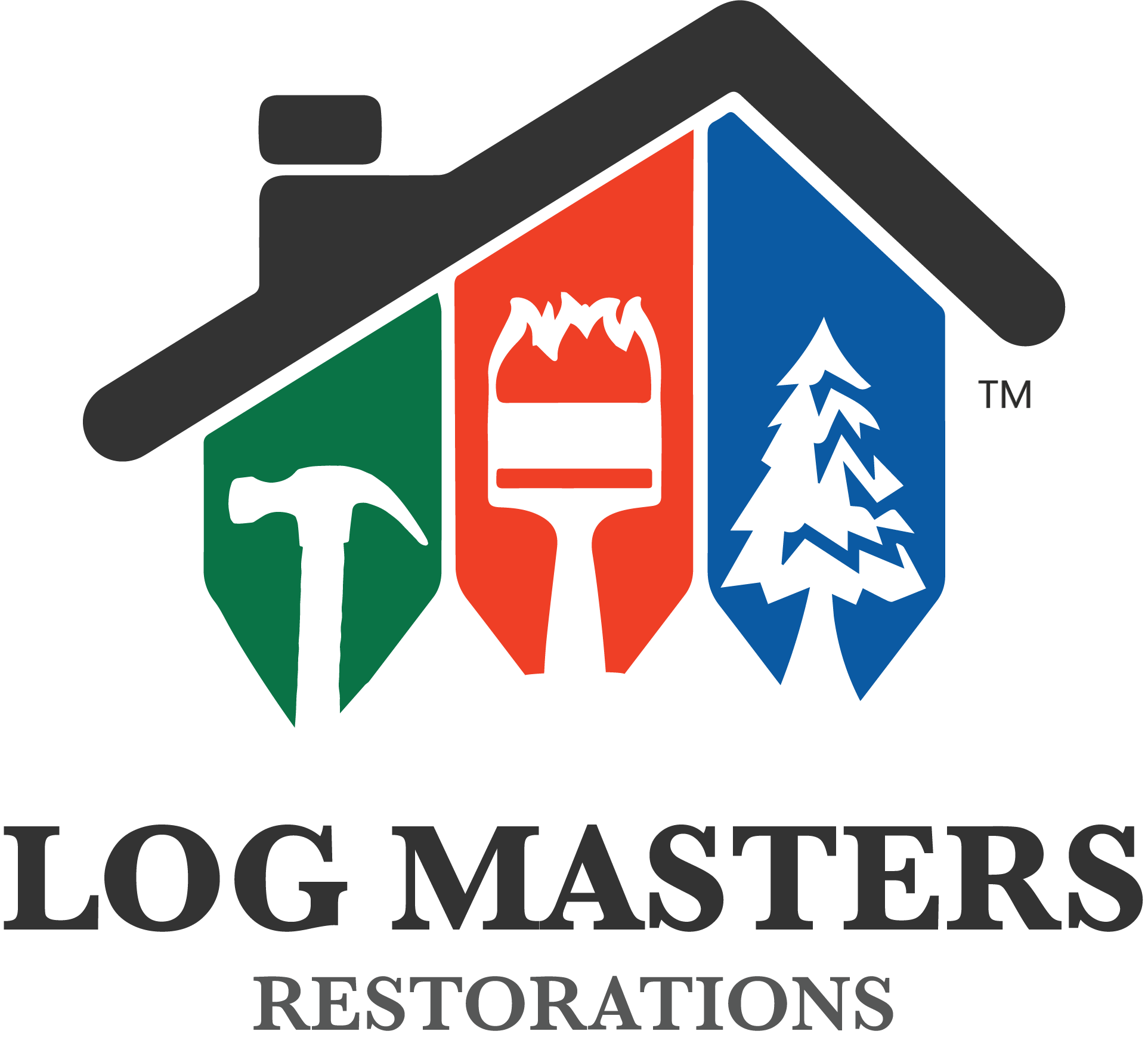While media blasting and chemical stripping services from a reputable log home company are the most effective and fastest ways to remove log home finishes, there are other methods you can use to remove the linseed oil from your log home. To learn more about linseed oil and why you shouldn’t use it on your log home, read Why Linseed Oil is Not Good for Your Log Home!
Removing linseed oil from your log home can be a daunting task, but there are a few methods that you can try. Turpentine, a solvent made from pine sap, is a popular method for removing oil when media blasting or chemical stripping services are impossible.
Here are the steps you can try:
- Clean the wood surface with a damp cloth and let it air dry completely.
- Pour some turpentine on a clean cloth and rub it over the wood in a circular motion until the oil starts to dissolve.
- Let the turpentine sit for 10 to 20 minutes, then wash the wood with hot soapy water and a hard bristle brush.
- Rinse well with lukewarm water and let the wood dry again.
Alternative Methods to Remove Linseed Oil
This method should remove most of the linseed oil from your log home, but you may need to repeat it several times to eliminate all the residue. Eco-friendly turpentine, while technically under the category of paint thinner, is often more expensive than other organic substances like acetone or lacquer thinner from pure mineral spirits. Paint thinner is not often used to remove dried or cured paint or stain.
You can also try other methods, such as using vinegar and water, baking soda and water, or sandpaper, to remove the oil. However, these methods may not be as effective or may damage the wood surface.
A Word of Advice Regarding these Hazardous Chemicals
Turpentine has toxic elements for prolonged use, while paint thinner is often odorless and safe for regular use. Acetone tends to be better for cleaning oil. However, lacquer thinner is safer because of its slow evaporation rate. Some mineral spirit paint thinners come with benzene additives. Please read the instructions for properly using and handling these chemicals. These are hazardous waste materials and should never be flushed down the drain.
To learn the fundamentals of hazardous waste disposal, transportation, recycling, and more, click here to see the EPA’s guidance.
Interior and Exterior Stain Differences, and things to avoid putting on your log home!
A Log Home Restoration Service in a Day
Do You Caulk before or after staining?
